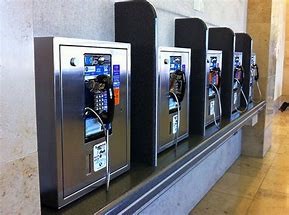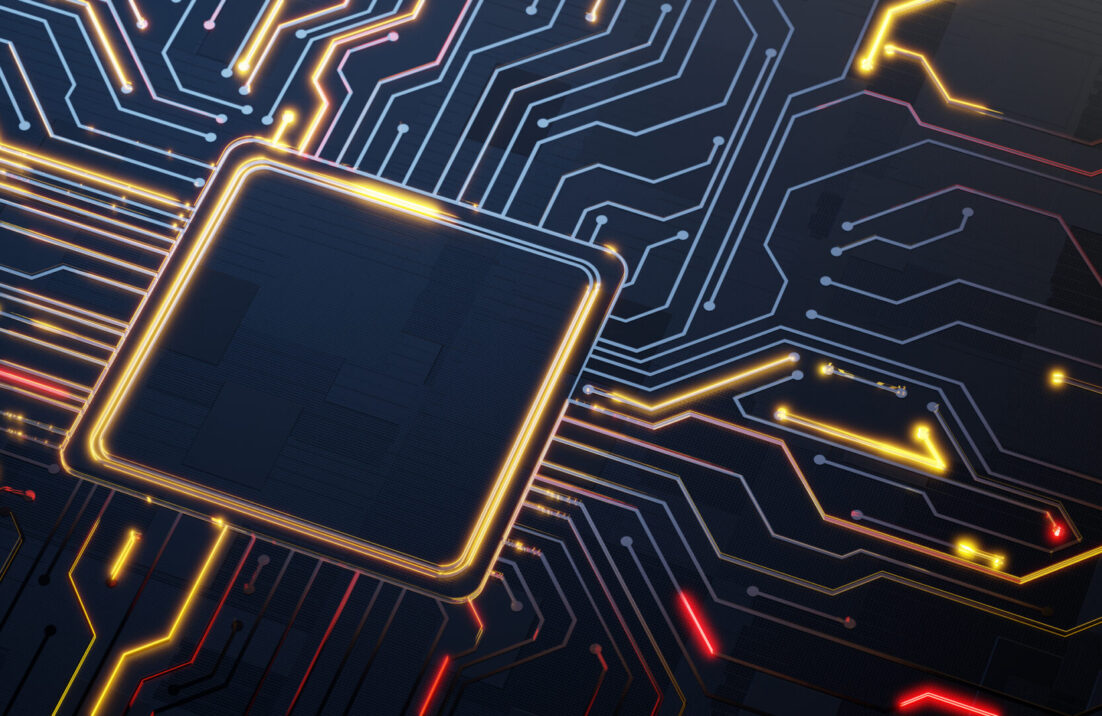 And responsible for creating positive experiences
And responsible for creating positive experiences
For almost a century we have relied on classic hardwired phones to conduct business, collaborate, and be more productive. From a work perspective, perhaps there are still a few out there who remember how getting off a plane was quickly followed by a trip to the bank of pay phones (see image, for those who have never seen one) to check for messages and make any required calls. When you went to the office, an essential piece of hardware was the hardwired telephone on your desk. The phone was critical because when you picked it up, it gave you a reassuring dial tone that let you know you were connected to the world.
A lot has changed over the decades and the rate of technology innovation only continues to accelerate. One of the most important changes in the workplace (and beyond) is that the modern (21st century) equivalent of a dial tone is now a WiFi signal. The first activity associated with firing up a laptop (or other compute device) is to get connected to a WiFi network—regardless of location—coffee shop, airport, office, conference, etc. The modern standard for connectivity, collaboration, and productivity is now WiFi. Will 5G networks challenge that status? That remains to be seen and will take time to be fully deployed (i.e., years). Indeed, between voice applications over WiFi and cellular phones, the process of picking up a handset and listening for a dial tone has largely been replaced by searching for a WiFi signal that can connect to our laptops, phones, and tablets.
This is evident in modern workplaces and especially in places of higher education. Most IT shops supporting higher ed cite that each student now brings 6 or more wireless devices into the dorm. With two to three or even four students per room, and dozens, if not hundreds, of rooms per dorm, it is placing a massive requirement on the WiFi network. Each student, coming from home, just expects that they will be able to connect and have a good experience. In fact, a number of IT executives I have talked with use a well-designed and modern WiFi as a selling point and competitive differentiator for their schools.
Why is this so important? According to ESG research, one of the top reasons organizations are investing in technology is to improve customer experience. It is important for IT to remember that “customers” can be internal or external. As such, the ease with which your organization’s WiFi can be accessed and used effectively will have a major impact on the customer’s “experience.” This is true from the smallest coffee shop to the largest sports venue. Organizations wanting to provide a differentiated experience will rely heavily on WiFi technology to deliver a positive experience. WiFi 6 (aka 802.11ax) will be instrumental in delivering those experiences, especially in high-density education, work, and arena environments. Fortunately, every vendor has announced its WiFi 6 offerings and we are now beginning to see customer wins (with deployments soon to follow) for the new technology.
To underscore the importance of WiFi to modern businesses, I spoke to a global professional services company about this transition and its dependency on WiFi to enable its employees and business. The company recently completed building out new office space in the northwest and decided to implement some innovative design characteristics, including the following:
- The space would have no offices, only work stations, which would all be located by the windows, and no assigned seats, but flex hours are permitted.
- There would be no hard-wired phones* at each work station. All calls would be made through a PC and headset. (*Two hardwired phones were required by code for emergencies.)
- All printers, copiers, and scanners would be connected via WiFi.
- All conference rooms would be in the interior space of the building.
- WiFi would be the primary choice of connectivity, with the only exception being conference rooms that would see extensive use for video-intensive meetings.
How did the employees (customers) take to this new work environment? They loved it. Executives in the company from other areas wanted it rolled out in their regions. It was a huge success greatly enabled by WiFi. Thinking ahead for WiFi 6, this organization even ran multiple PoE cables to accommodate future WiFi 6 access points that will require high levels of power to drive greater efficiencies for the business.
Another area where WiFi has been successfully deployed to provide a differentiated customer experience is in large sports arenas. Packing 60- 80,000 or more fans in a dense geographic area can be problematic for cellular service. WiFi can not only help to offload traffic, but also provide owners with the opportunity to deliver a better experience for their customers. This could include enabling them to more easily share photos and memories with loved ones (and the world) to creating apps that let attendees know which gates are the least crowded, where restrooms are, or even allow them to order food from their seats. This could also include taking advantage of online gambling (where permitted). To better serve their customers, these organizations collect data (anonymously) to better architect attendee traffic flows, ensure the proper food inventory, and provide a better experience.
Moving forward, many WiFi vendors are also adding more IoT protocols (BLE, Zigbee etc.) into the same access point to create efficiencies and enable IT to support IoT teams. For example, the hospitality industry leverages Zigbee for door locks—enabling customers to use their phones as their keys—and retail locations utilize Bluetooth Low Energy beacons for location-based services. Also, more organizations are turning to WiFi-enabled IP security cameras, creating another intersection point with IT and physical security teams.
Based on the growing reliance on WiFi to power businesses, organizations need to think about how a well designed and implemented WiFi environment could enhance their business, increase productivity and collaboration, and provide a better customer experience! The transition to WiFi 6 is starting, so IT needs to understand how to best leverage WiFi 6 technologies for their business needs. With all the hype generated about 5G, it would be in the best interests of enterprises to understand how these technologies will help complement each other to ensure the best possible experiences.



 And responsible for creating positive experiences
And responsible for creating positive experiences



